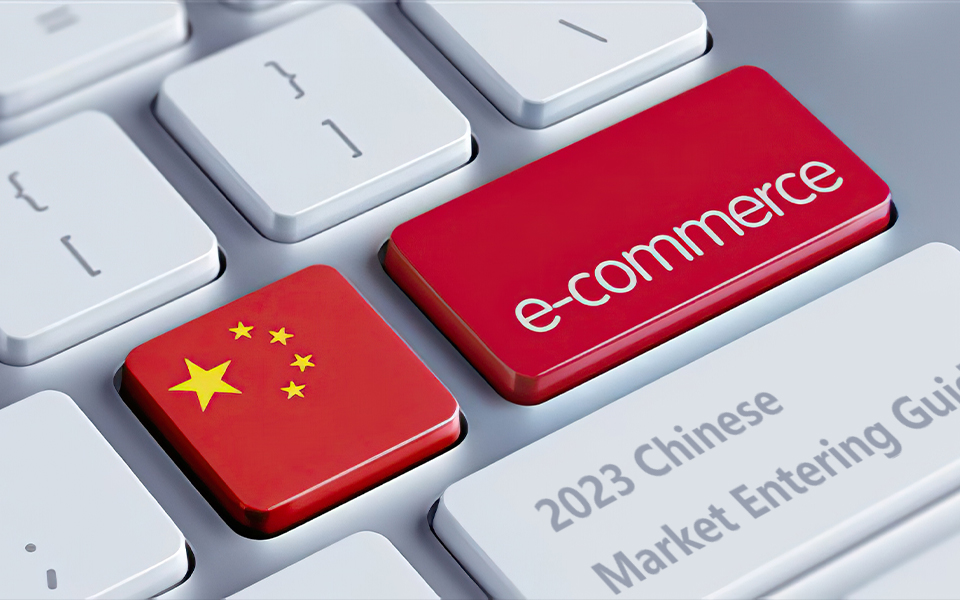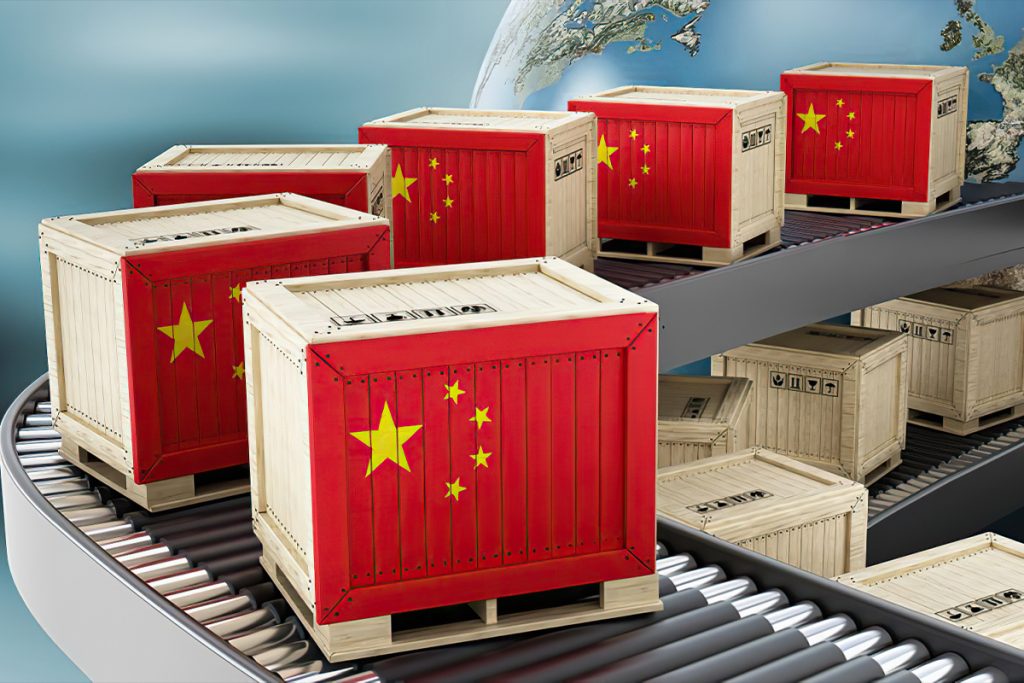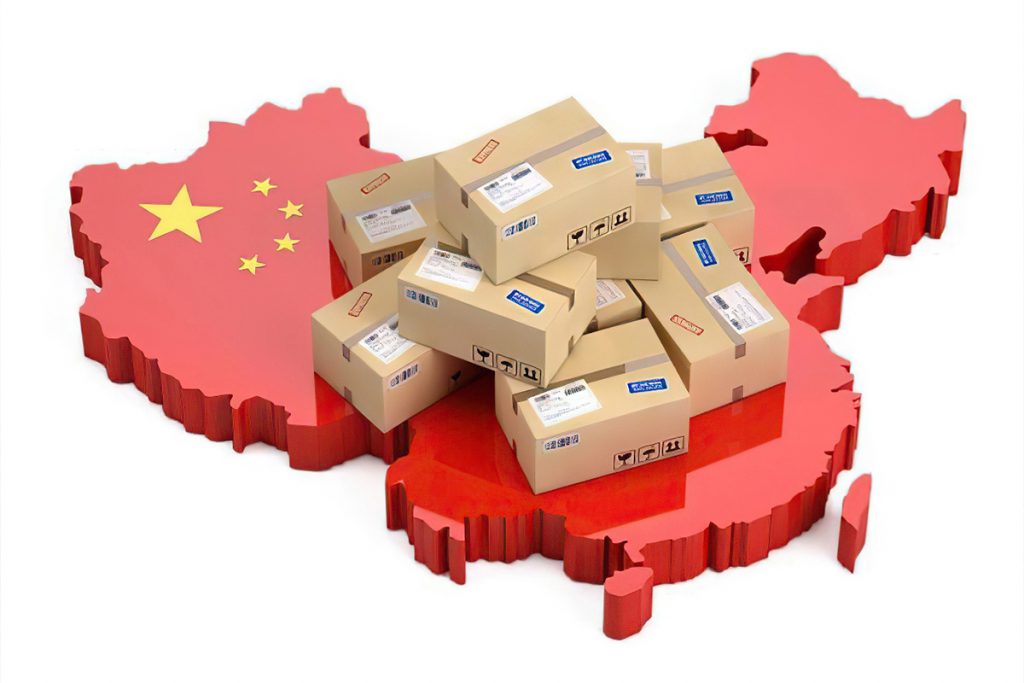Chinese e-commerce market is booming, and the demand of China's middle class for imported products will continue to rise. From a policy perspective, China is actively expanding cross-border e-commerce, establishing bonded areas and e-commerce pilot areas to facilitate the import and export of goods. More importantly, as China reopens its borders, more and more overseas merchants will find ways to enter China’s market.
What is China Cross-Border E-Commerce Import?
Birth of China cross-border e-commerce import
In 2014, the Chinese customs government issued two new regulations, the full name of which is cross-border e-commerce. The purpose is to promote the development of cross-border e-commerce import and export business, facilitate customs clearance for enterprises, standardize customs management, and realize trade statistics. (Announcement No. 12/57 [2014] of the General Administration of Customs) The regulation affects all foreign companies in China that provide online transaction, payment and shipping services. Overseas enterprises engaged in cross-border e-commerce must file with the General Administration of Customs and provide transaction information to China cross border e-commerce customs clearance service platform. It is also possible to submit information to the platform on behalf of foreign companies through online platforms and courier services (General Administration of Customs Announcement No. 26 [2016])(expired).
Cross-Border E-Commerce overview
China e-commerce market is the largest in the world, with total sales of US$1.87 trillion in 2021 and it is expected to grow to a staggering US$3.5 trillion by 2025. About one-third of this is cross-border e-commerce — importing products into China from other countries. This makes China cross-border e-commerce market an ideal location for many international companies.
However, entering the cross border e-commerce field in China must abide by specific rules and regulations. Fast customs product filings, customs clearance, and reduced import duties – along with many other factors are key to successful e-commerce localisation.
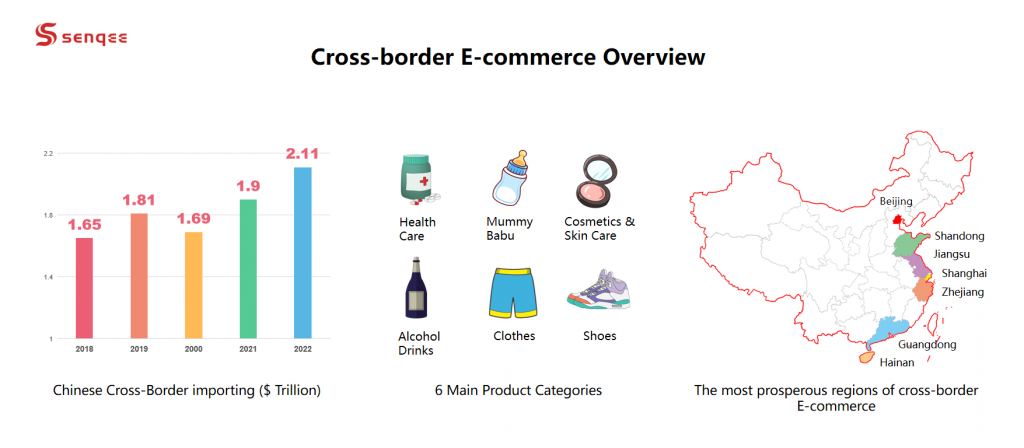
Which are the main Cross-Border E-Commerce platforms in China?
Chinese cross-border e-commerce platforms allow overseas merchants to enter China’s market and sell their products. Sellers on the platform can benefit from duty-free, 30% off of VAT and GST. Even if they do not have China’s business license, they can still enjoy it.
China’s government is encouraging more international sellers to enter the market through preferential policies to accelerate the development of cross-border e-commerce websites. Adding pilot zones, cutting duties and taxes, and expanding the list of retail imports are some of the measures the government is taking to stimulate the growth of international online commerce.
The following websites are the main platforms trusted by locals to purchase international goods across borders:
T-mall Global
JD International
Kaola
VIP International
Suning International
Douyin cross-border
Wechat Mini-Program
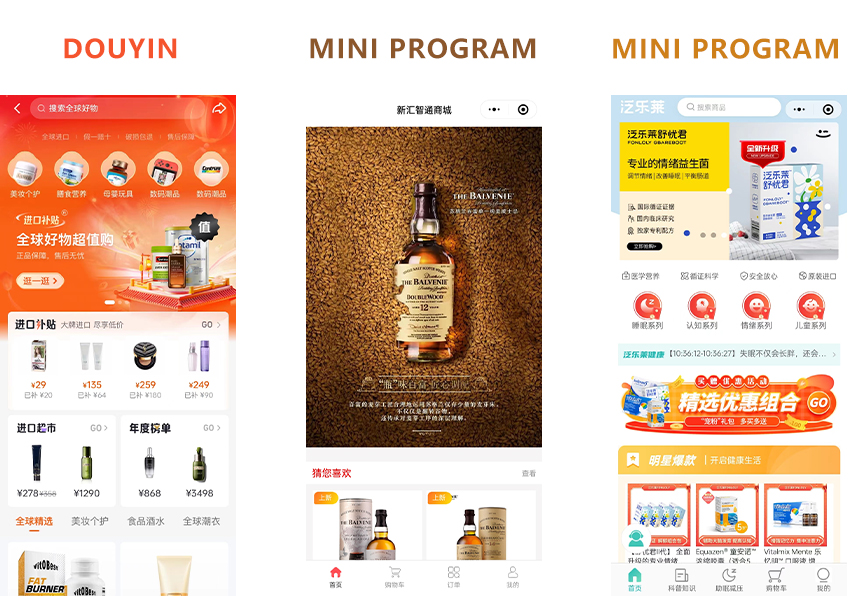
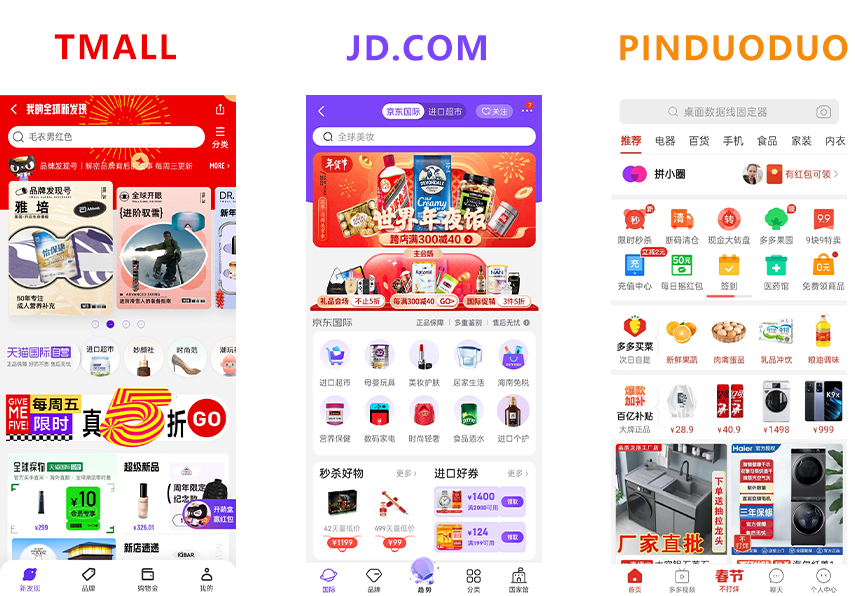
For more details, the Chinese E-commerce Platform you must know will help you.
What are the favourite categories of CBEC for Chinese consumers?
Which product categories do China’s online consumers mainly purchase? The Statista Global Consumer Survey has the answer for us:
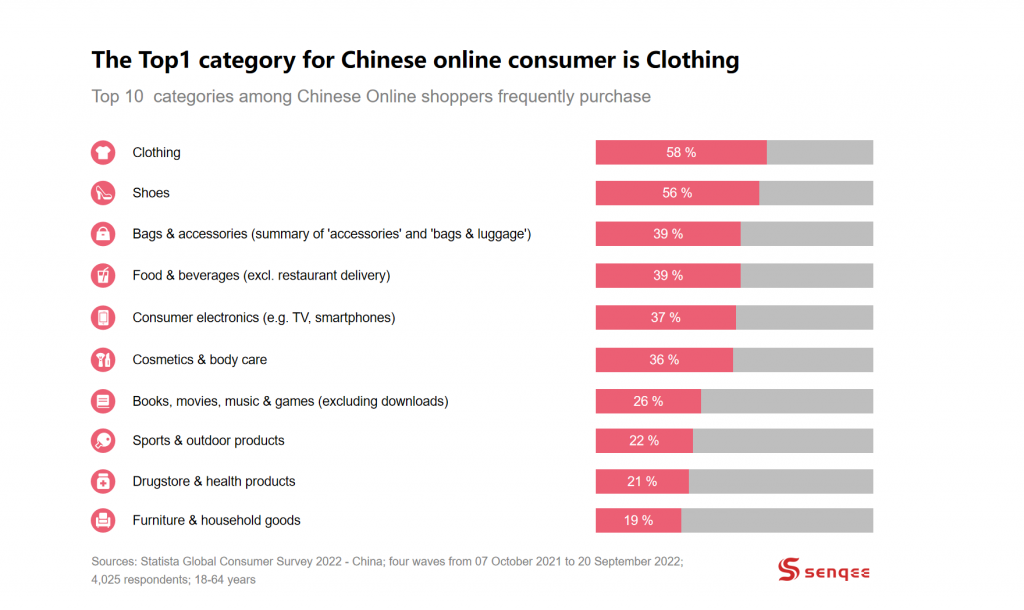
The two most frequently purchased product categories by China’s online shoppers are clothing and shoes. More than half of online shoppers bought products in both categories in the 12 months before the survey, with 58% of clothing slightly ahead of 56% of shoes. Bags and accessories, Food and beverages, Consumer electronics, and cosmetics and body care are also popular, with 36% to 39% of China’s online shoppers purchasing products in these categories. The rest of the top 10 categories appear to be less attractive, with less than a third of China’s online shoppers having bought products in categories such as bags, books or household appliances online.
Check out what products are suitable for importing into China
How to ship through CBEC?
There are two main ways to ship goods to China via cross-border e-commerce – direct shipping or shipping through bonded warehouses.
The direct shipping route allows you to send your products from your warehouse located outside of China directly to the end consumer in China. This method takes longer to ship to the consumer and requires you or your agency to handle things like applying for an import license and customs clearance. However, some of China’s consumers prefer to buy imported products shipped directly from overseas, as they may be sceptical about the authenticity of products shipped from China’s warehouses.
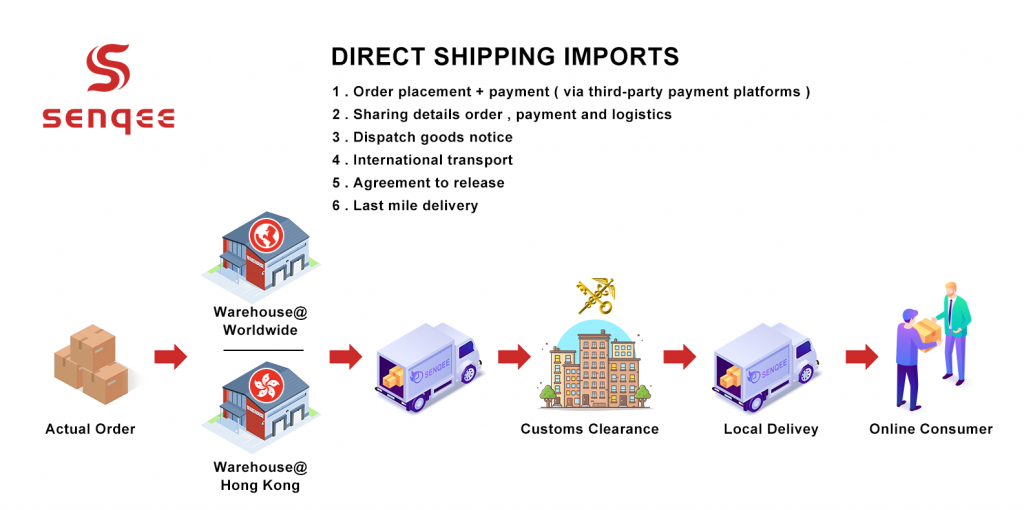
With the bonded warehouse route, you can ship your products in bulk to a bonded warehouse in China, and from there to the final consumer. This route does not require customs clearance or import permission, as your products are pre-declared. The shipping process of China side is generally handled directly by warehouses and e-commerce platforms.
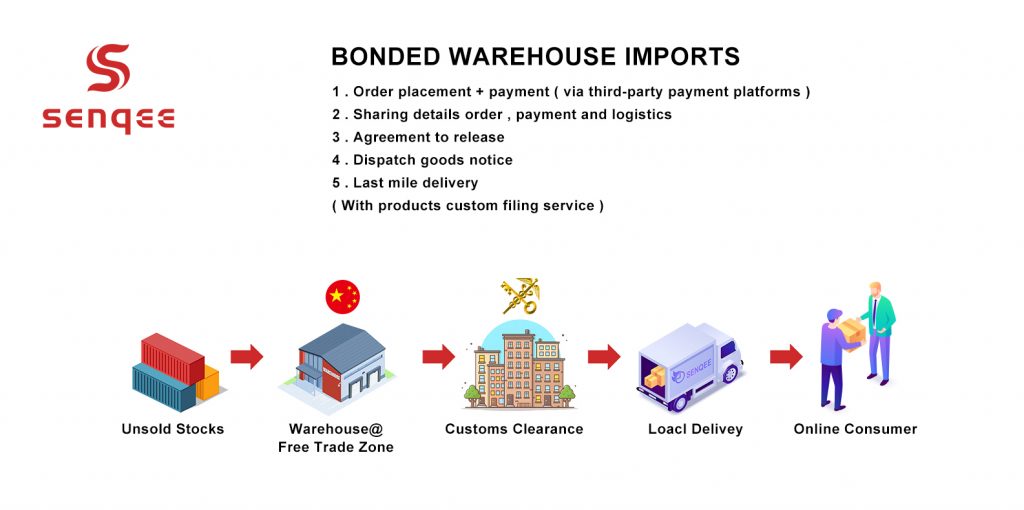
Which option you choose depends on your goals. The bonded warehouse route may be the first choice for companies seeking to establish a foothold in China’s market, while the direct shipping route may be more suitable for exploring market potential and opportunities. Choose both options for different products or target consumers.
For further details, please check the Plans for CBEC.
What about the taxes rate for CBEC(Cross-Border E-Commerce)?
The new policy increases the value of duty-free goods from 2,000 yuan to 5,000 yuan. Now, orders with a single value of less than 5,000 RMB and an annual cumulative value of less than 26,000 RMB are exempt from customs duties. However, VAT and GST are reduced to 70% of the normal amount. For products exceeding these limits, the usual customs duties will apply and tax will be levied on the full value. If the buyer returns the goods to customs supervision within 30 days, the customer can apply for a tax refund without import tax.
What are the payment ways of Chinese consumers on cross-border e-commerce platforms?
A nation of smartphone enthusiasts, China has quickly adopted digital wallets and is now used to cover most e-commerce payments. They accounted for 54% of the market, or $620.5 billion in sales. The use of this method is expected to expand at a CAGR of 34% until 2021, when it will account for 65.2% of the e-commerce payments market.
Major digital wallet brands include market leader Alipay, Alibaba’s payment tools, and Tencent’s WeChat Pay.
Online shoppers in China already expect to be able to purchase items with one-click transactions when shopping through social channels, so providing a fast and easy payment process is critical to avoid basket abandonment. However, mobile payment providers face major changes in the market. The People’s Bank of China, the central bank of China, has declared that all prepaid funds received from users must be deposited in the bank, not the private institution itself. Payment providers will no longer be able to charge interest on their users’ fund deposits and balances. In addition, third-party payment providers are expected to soon link up with NetsUnion, a state-backed clearing and settlement institution that aims to replicate the role of China UnionPay, performing the same function for card providers.
What are the main costs for entering Chinese E-commerce
Nowadays, setting up e-commerce store in China has become a hot spot for entrepreneurship because consumers in China have gone online, and there are basically not many sales when opening physical stores offline. There are also many e-commerce platforms in China now, and most oversea merchants will choose to open a store on Taobao, JDcom or Pinduoduo. However, setting up a store requires investment. How much does it cost to set up an China e-commerce business for oversea merchants?
Labor costs
Setting up e-commerce store requires an operation team, so labor costs are unavoidable. A local team needs at least six employees, including store operations, design, customer service, warehouse management, etc. In addition to employees’ wages, pension insurance and office expenses are all included. If it is in Hangzhou, the labor cost will not be lower than 7,500 RMB/per person. Then it is 45,000 RMB per month. If you follow the above “multiply sales by 3 times”, your store sells 500,000 RMB per month, and the labor cost is 9%. For general merchants, it is great if the labor cost can be controlled within 15%.
E-commerce store costs
If overseas merchants want to set up a Tmall or JDcom store, the earnest money ranges from 50,000 RMB to 300,000 RMB depending on the category of different products, and the annual fee ranges from 30,000 RMB to 60,000 RMB.

This initial investment is not a small investment for small-scale overseas merchants who want to develop their business in China.
Marketing costs
Now many people consider that the acquisition cost of online store traffic is more expensive than that of physical stores. This is indeed the case in the early stage of establishing e-commerce store. When a physical store opens, there may be many customers who think it is new and will come in on the opening day.
But Tmall, JDcom or Pinduoduo is different. On the opening day, there may be traffic flow of about 3-5 people, which can be described as horrible. Therefore, in terms of traffic acquisition, it is more difficult for e-commerce in the early stage, which is also the most important investment for e-commerce.
Global shipping and warehousing costs
The cost of e-commerce warehousing and logistics is mainly divided into three modules: transportation consumption, warehousing and logistics consumption, and loading and unloading costs.
For overseas merchants, it is not easy to integrate international and China’s logistics and customs clearance, which takes a lot of time and money.
How can SENCENT help overseas merchants?
China cross border e-commerce is a new and advanced opportunity for Chinese market entry for overseas businesses. The potential for brand manufacturers and retailers is colossal. But entering Chinese market also has many challenges, e.g. constantly changing framework conditions such as regulations of import, the rapid development of the deeply digital environment, complex and ambiguous information from different sources, fierce competition despite the extensive potential cultural differences and communication barriers… Despite China’s vast size and growth prospects, misunderstandings over how CBEC(Cross-Border E-Commerce) in China works frequently end in costly disappointments and withdrawals from the market.
SENCENT sincerely hope to help your business enter the dynamic and vast Chinese e-commerce market. Our company has a professional team with enough experience and practical success cases to answer all kinds of questions you encounter while exploring the market of China. For any questions about CBEC(cross-border e-commerce) in China, please feel free to Contact Us
